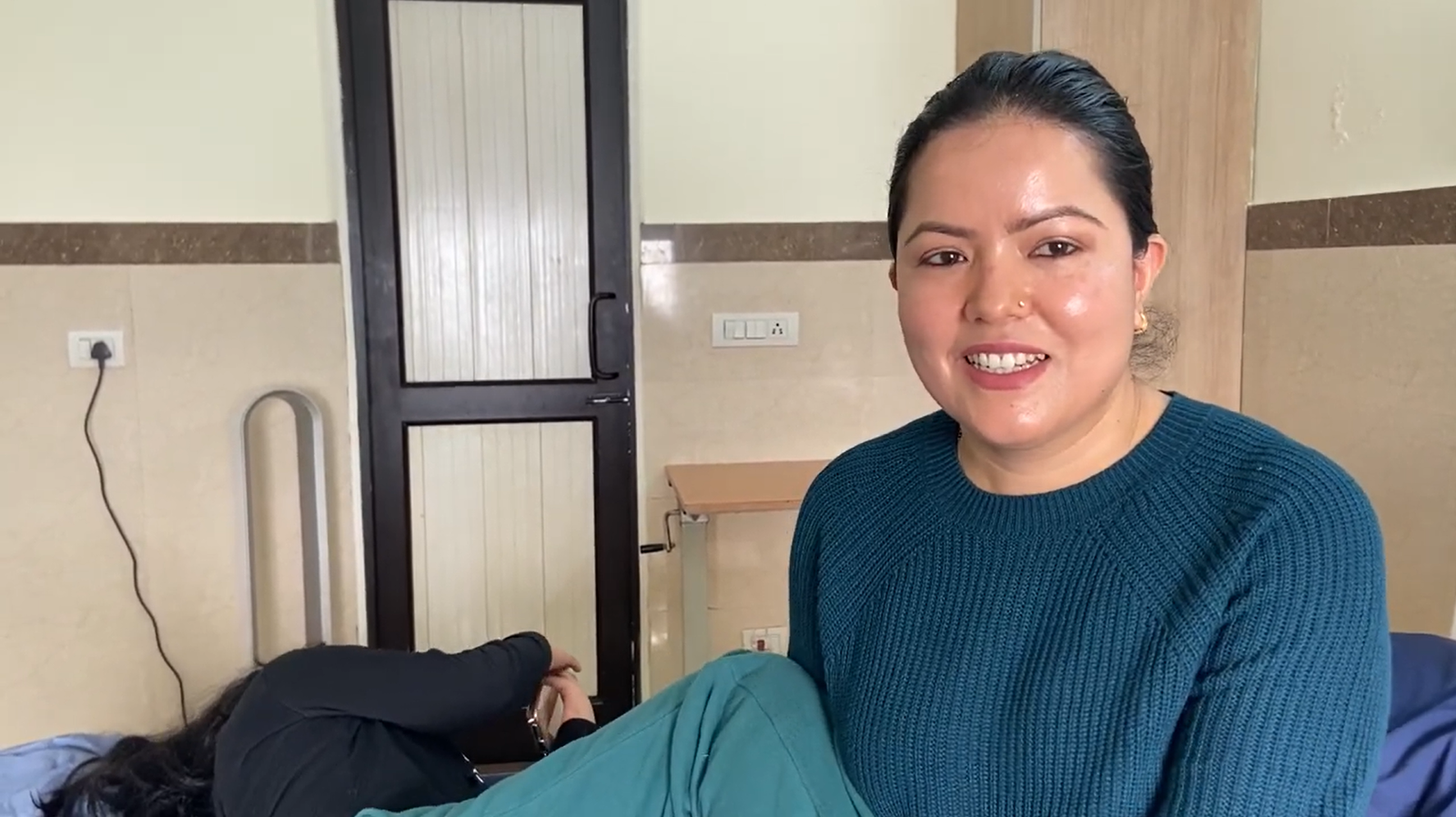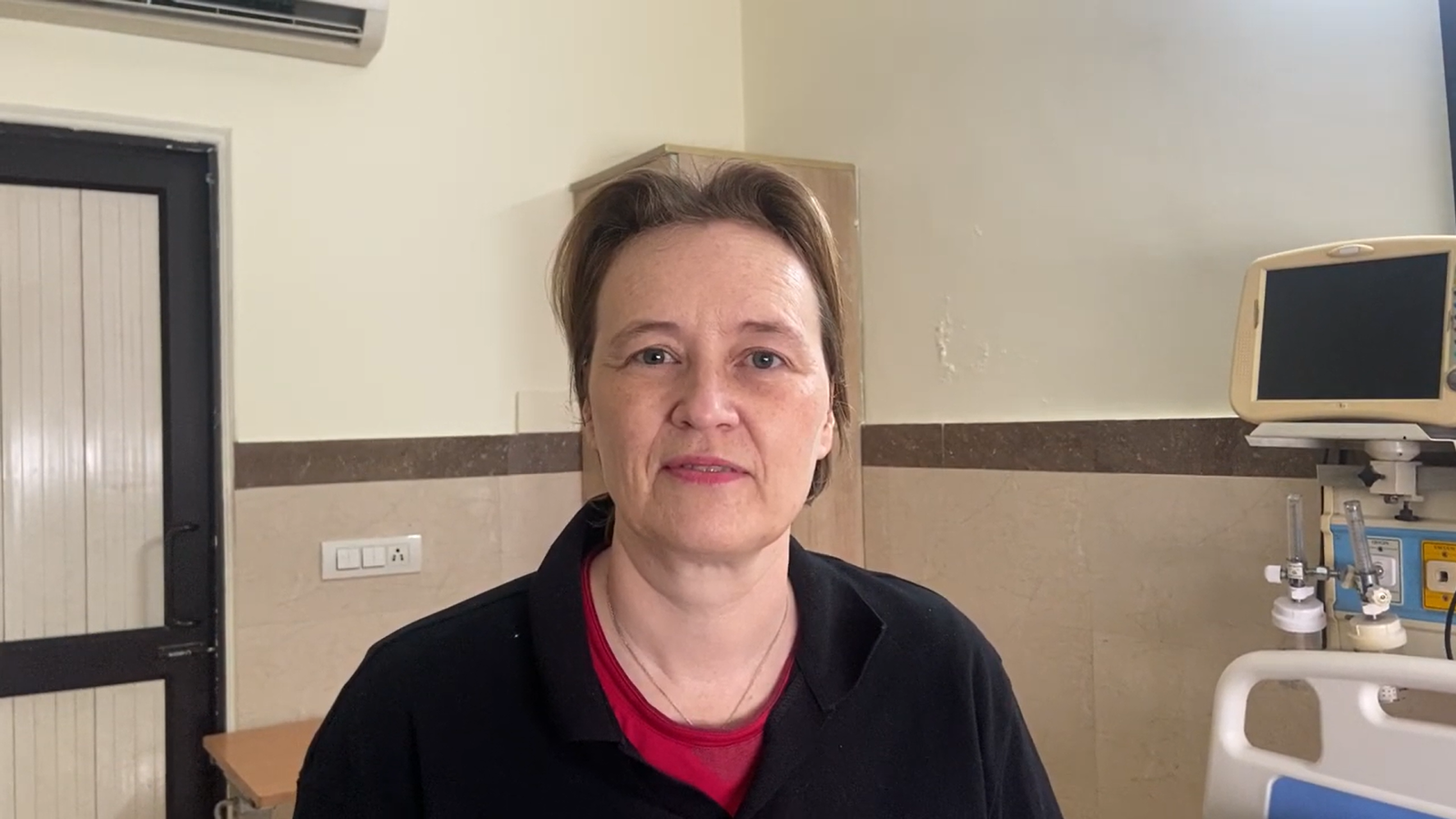
Aplastic anemia is a rare condition where there is failure of the bone marrow to produce adequate blood cells. It usually has aspects associated with fatigue, infections, and bleeding. Medicines and blood transfusions may correct some problems for a short time but will not cure the main problem. Stem cell therapy, especially transplants, is so appealing to many patients since it can cure the condition and restore normal blood cell production. The effectiveness of stem cell therapy and the impact on patient lives can be seen in the science itself.
What Is Aplastic Anemia?
Aplastic anemia is the production of inadequate numbers of red and white blood cells, and sometimes platelets, in the bone marrow. This illness is often related to autoimmune disease, toxins, infections, and genetic influences. Some manifestations of the signs are bruising easily, prolonged bleeding, frequent infection, and fatigue. This can be deadly if untreated.
How Do Stem Cells Work?
Stem cells are important because they can become different types of cells, like blood cells. The body uses them as its main cells. Stem cells are mainly found in the bone marrow and umbilical cord blood, and they are key for treatment. Once they are put into the body, they can fix or replace damaged organs or tissues.
What’s a Stem Cell Transplant Process Like?
In a stem cell transplant for anemia, healthy stem cells from a donor are used to replace the patient’s damaged bone marrow. A number of steps involved in the process are:
Therapeutic Conditioning: Radiation therapy or chemotherapy is administered before the transplant to destroy the defective bone marrow.
Stem Cell Infusion: A matched donor’s healthy stem cells are introduced into the patient’s circulation.
Embraftment: After the transplanted stem cells have reached the bone marrow, healthy blood cells are produced.
Monitoring and Recovery: The patient is closely monitored in case of complications such as infections or graft-versus-host disease (GVHD), where the donor cells attack the tissues of the patient.
Is Stem Cell Transplant a Cure?
A successful transplant can alter the lives of most of the patients with severe aplastic anemia. While scientific evidence demonstrates that, in most cases, the procedure maintains patients’ health for a long time or results in complete recovery, there are several factors inhibiting it from curing the disease:
- Donor Match: The chances of success are higher if the HLA on the recipient and that of the donor match closely.
- Age of the Patient: Generally, younger patients do better with transplants than older patients.
- General Health: The greater the overall health of a patient, the more likely the patient is to recover fully.
Stem Cell Therapy for Aplastic Anemia
Stem cell therapy can treat a range of diseases and disorders, and recent advancements in medical science have shown that this treatment can even treat aplastic anemia. It does this by replacing the damaged bone marrow with healthy stem cells, restoring healthy blood cell production, improving quality of life, and providing long-term remission. It is particularly useful for patients who do not react well to immune-suppressive drugs.
Putting All Together
Although carrying out stem cell transplants will pose a degree of risk over the treatment’s benefits, that is especially considering the severe degrees of aplastic anemia. Global Regenex provides individuals with personalized forms of stem cell therapy. Through professional consultation, recovery support, and more, such a strategy holds the potential and signifies the breakthrough from stem cell treatments. Investigate this therapy and stop aplastic anemia from taking over your life.





















